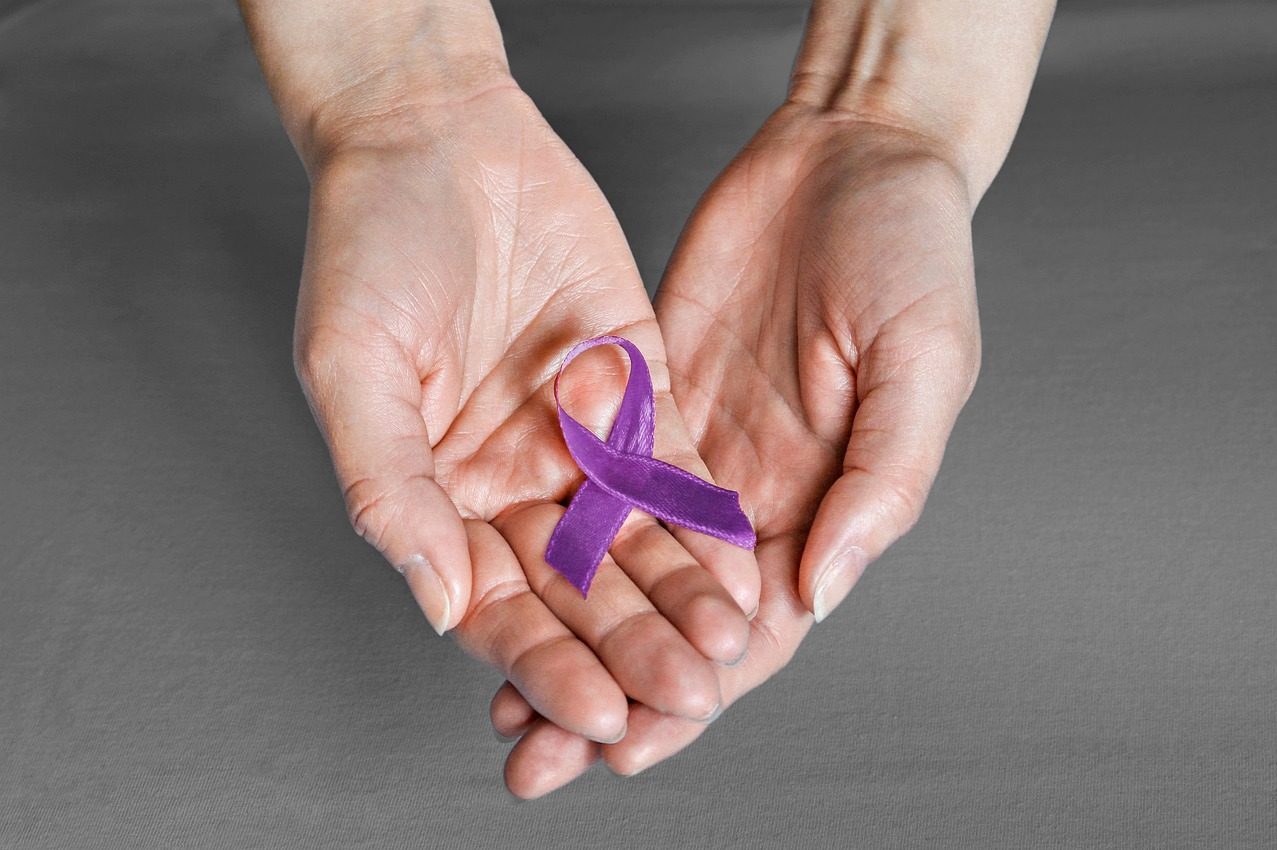
One of the key practice pivots to working within a whole family approach to Domestic Abuse is to work with the victim/survivor parent using a strengths-based approach and trauma-informed approach. Alongside holding a person causing harm in the context of Domestic Abuse accountable for their actions, one of the best ways to protect a child hurt by Domestic Abuse is to support and protect their victim/survivor parent. The safety of a child is directly linked to the safety of theirvictim/survivor parent.
A common tactic of coercive control is to actively erode victim’s/survivor’s sense of self, their confidence and self-esteem in order to keep them trapped within the relationship and undermine their efforts to seek help. A strengths-based and trauma informed approach helps to counter the person causing harm’s negative messaging about the victim/survivor parent and their parenting. It supports the practitioner to build empathy, trust and employ a relational approach which seeks to partner with and empower survivors rather than replicate the power imbalances that mirror the dynamics of an abusive relationship (WGN 2019). It supports survivors to recognise and enhance their strengths, coping skills and increase their space for action.
A strengths-based and trauma informed approach to domestic abuse is one which:
Partners with the victim/survivor parent as the default position.
Supports the victim/survivor parent to protect themselves and their children.
Assumes that survivors are already engaging in a range of efforts to protect themselves, protect their children, safety plan and meet their needs before professionals have become involved.
Recognises that the person causing harm’s behaviour is the source of harm to the children.
Collaborates with survivors to provide support that expands their own agency and capacities
Actively listens and supports the survivor in locating their internal and external resources.
Asks “what have you done to survive and keep you are your children safe?” rather than “why didn’t you leave?”
Practitioners can do this by:
1
Establishing equality of expectations between fathers and mothers
2
Documenting and validating the full spectrum of the victim/survivor parent’s efforts to promote the safety and wellbeing of the child/ren.
3
Understanding the survivor’s efforts within the context of the person causing harm’s pattern of behaviour.
1. Establishing Equality of Parenting Expectations Between Fathers and Mothers
Professionals and societal expectations of parenting are gendered and unequal in nature. We have an overly high expectation of mothers and a low expectation of fathers. Mother’s parenting and domestic labour is largely invisible and not valued or credited especially within the context of coercive control. Often professionals working with families where a father is coercively controlling towards their partner and children only value the mother’s efforts to protect the children if she has left or is willing to leave her partner. Everything short of this is viewed as a ‘failure to protect’ the children. This also leaves children and their victim/survivor parent at risk of serious harm and homicide from post separation abuse. Positive and negative contributions of men as fathers are largely ignored which is unfair to mothers, children and fathers including those fathers experiencing abuse.
Higher expectations of all fathers, most of whom are not abusive, brings the negative behaviours of those fathers who are abusive and controlling into stark relief (David Mandel 2024)
Establishing equality of parenting expectations between fathers and mothers enables us to better identify the mundane, every day protective actions of the victim/survivor parent and assess the negative impact the abusive parent has on the survivor, their children and the family functioning whether this is the father or the mother.
2. Documenting and Validating the Full Spectrum of the Non-Abusive Parent’s Efforts to Promote the Safety and Wellbeing of the Children
Professionals working with families should identify, document and value the victim/survivor parent’s full range of efforts to resist the parent causing harm’s coercive control and protect their children beyond calling the police or leaving.
A note in an assessment or form that the child/ren attend school on time, clean and well presented or always attend health appointments often hides the gendered reality of who made that happen and the efforts of the victim/survivor parent in the context of coercive control from the parent causing harm.
Who noticed the children were unwell?
Who booked the appointment?
Who remembered the appointment?
Who got them there on time?
Who picked up the prescription and made sure it was given?
Who woke the children up?
Who helped them get dressed?
Who made sure they ate breakfast?
3. Understanding the Survivors Efforts Within the Context of the Person Causing Harm’s Pattern of Behaviour
We need to understand the parent causing harm’s pattern of behaviour to really understand and value the victim/survivor parents full efforts to promote the safety and wellbeing of the children. What is the extent and impact of their efforts to disrupt family functioning and sabotage the parenting of the victim/survivor parent?
Let’s take the examples of the doctors appointment. How can we understand the survivor’s efforts as commendable within the context of the person causing harm’s coercive control?
Perhaps the survivor took notice that the child was unwell despite the person causing harm constantly demanding their time and attention and giving the survivor an impossible to complete list of tasks around the house that keeps them from being able to attend to the children.
The survivor may need to borrow a car to get the child to the appointment as the person causing harm takes it everyday so that they are trapped at home.
What about getting them to school on time and well presented?
The survivor might need to secretly hide money each week to be able to buy uniform and school shoes in the correct size.
Maybe the survivor irons the children’s clothes after the person causing harm has gone to bed to reduce the risk of them using the hot iron as a weapon against them or the children.
The person causing harm could have assaulted the survivor during the night leading to the neighbours calling the police. The person causing harm is arrested by the police and released the next morning. The survivor needs to get themselves and their children up despite them all getting very little sleep and is their pain due to their injuries caused by the person causing harm. They have to then manage the logistics of school drop off whilst also going to collect the person causing harm from the police station as they have called wanting a lift home as they blame the survivor for the reason they were arrested.
These efforts and the challenges to achieve them within the context of coercive control do not stop when the survivor has separated from the person causing harm. The survivor and their children might need to navigate daily life whilst living in a b&b or temporary accommodation, or have to alter their routine or route to and from school or work to avoid stalking, threats and harassment from the person causing harm.
It is important to recognise and credit the full efforts of the victim/survivor parent within the context of the person causing harm’s behaviour, as well as understanding the person causing harm’s choice and responsibility for their abusive behaviour and the impact that this has on the survivor, children and family functioning.
Partnering With Survivors
Safe&Together™ have developed a 6-step partnering process for practitioners to work in a strengths-based way with victim/survivor parents.
(15) Partnering in 6 steps – YouTube
From Stop Blaming Mothers and Ignoring Fathers: How to Transform the Way We Keep Children Safe From Domestic Violence (David Mandel 2024)

1. AFFIRM
Clearly state that the person causing harm, not the survivor, is responsible for the harm to the children resulting from their actions.

2. ASK
Invite the survivor to share specifics of the person causing harm’s pattern and its impact on them, their children, and the functioning of the family.

3. ASSESS
Explore with the survivor the full spectrum of their efforts to promote the children’s safety and well-being in the context of the abuse.

4. VALIDATE
Explicitly validate those protective efforts and strengths.

5. COLLABORATIVELY PLAN
Combine the victim/survivor’s knowledge of the person causing harm and the wisdom they already gleaned from their own efforts with the practitioners’ skills, knowledge, and resources to develop a plan to improve the situation.

6. DOCUMENT
Record the information about the person causing harm’s actions, the impact of those actions, and the survivors’ strengths so this critical information can inform future efforts and be shared with other systems when necessary (being mindful how sensitive information, which might compromise safety, is handled).
